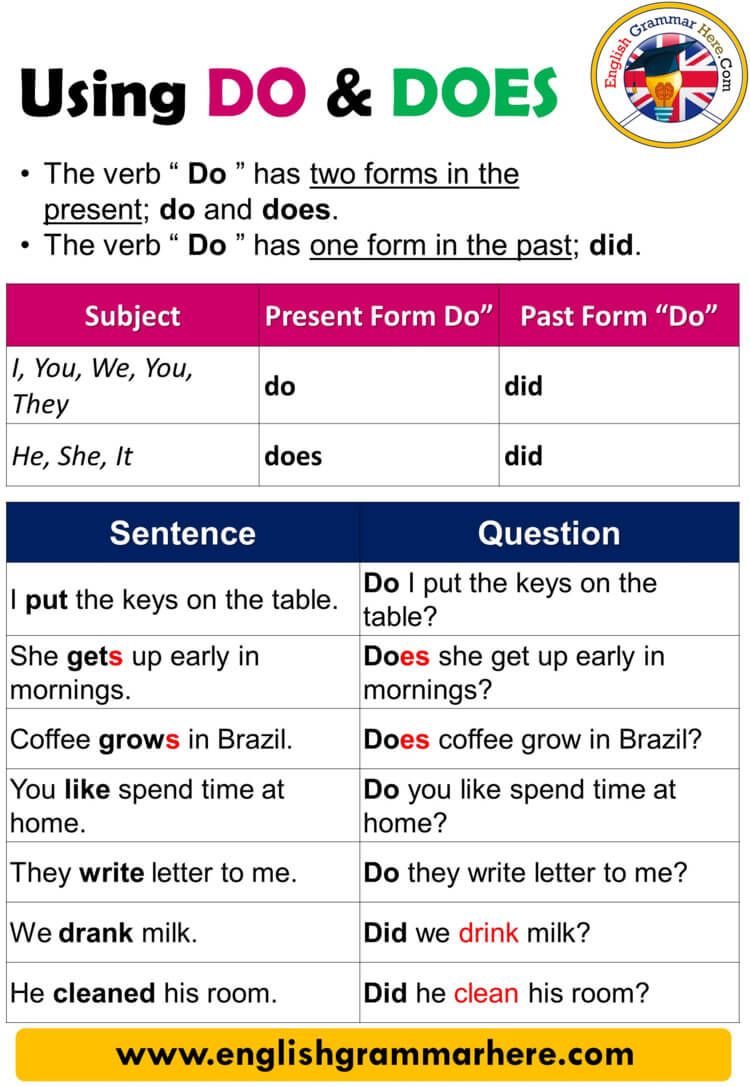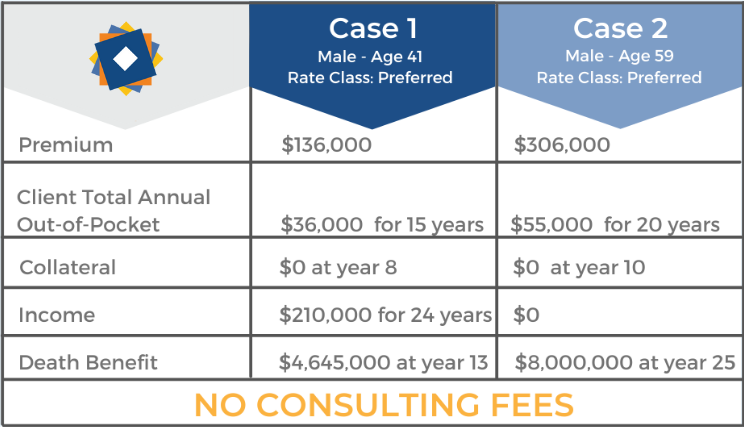AP in Finance: Meaning, Process, Metrics, and How to Streamline Accounts Payable
Overview: What AP Means in Finance
In finance,
AP
stands for
accounts payable
, the amount a business owes suppliers and creditors for goods and services purchased on credit, typically due within 30-90 days. AP is recorded on the balance sheet under
current liabilities
because it is generally expected to be paid within one year or one operating cycle, whichever is longer
[1]
[2]
. AP represents short-term obligations arising from invoices for inventory, utilities, professional services, and other operating costs; managing it well supports cash flow and vendor relationships
[3]
.
Why Accounts Payable Matters
Accounts payable is a cornerstone of working capital management. Because vendors effectively extend short-term credit when they ship goods or deliver services prior to payment, the AP balance reflects how much of that credit a company is using at any time. Paying on time avoids penalties and preserves supplier trust, while judiciously using terms can improve liquidity and operational flexibility [2] [3] . On the balance sheet, AP appears as a current liability and changes in AP affect the cash flow statement via working capital movements, influencing cash available for growth, debt service, and investment [4] .
Core Concepts and Definitions
Accounts Payable (AP) : Money owed to suppliers and creditors for purchases made on credit; recorded as a current liability and usually payable within 30-90 days [1] [2] . Invoice-to-Pay Process : The end-to-end workflow from receiving an invoice, verifying goods/services, matching to purchase orders and receipts, obtaining approvals, and executing payment [3] [4] . Days Payable Outstanding (DPO) : A metric indicating the average number of days a company takes to pay suppliers; a higher DPO preserves cash longer but must be balanced with vendor needs and terms [2] .
AP vs. AR: Don’t Confuse the Two
Accounts Receivable (AR) is money customers owe to the company and is recorded as a current asset, in contrast to AP’s current liability classification. AR converts to cash when customers pay; AP converts to cash outflows when the company pays its vendors. Understanding both sides helps manage the cash conversion cycle and plan liquidity effectively [1] [2] .
The AP Process: Step-by-Step
This practical framework can help your team implement a consistent, auditable process:
- Purchase Initiation : A department issues a purchase request and, if required, a purchase order (PO) to a vendor. This creates a clear authorization trail for spend and expected terms [2] .
- Goods/Services Receipt : The receiving team confirms delivery and condition or service completion. Documentation (receiving report, service confirmation) is stored for matching [3] .
- Invoice Capture : The vendor sends an invoice. AP captures it via email intake, portal upload, or automated OCR. Core fields include supplier name, invoice date, due date, PO number, line items, amounts, and payment instructions [4] .
- Three-Way Match : AP matches the invoice to the PO and receipt to validate quantity, price, and terms; exceptions are flagged for review. Non-PO invoices follow a two-way match or policy-based approval [3] [4] .
- Approval Workflow : Invoices route to budget owners and controllers as required by delegation of authority. Thresholds and segregation of duties reduce fraud and errors [4] .
- Posting : Approved invoices are recorded to the AP ledger and general ledger with correct vendor records, terms, and expense or asset accounts [3] .
- Payment Execution : Payments are made via ACH, card, check, or wire in line with due dates and cash forecasts. Remittance advice is sent to vendors and payment status is reconciled [4] .
- Reconciliation and Reporting : AP subledger is reconciled to the GL; aging reports, DPO, and discount capture are reviewed to inform working capital decisions [2] [4] .
Key Metric: Days Payable Outstanding (DPO)
DPO measures the average time to pay suppliers and is part of the cash conversion cycle alongside days sales outstanding (DSO) and days inventory outstanding (DIO). A thoughtfully managed DPO can enhance liquidity by allowing more time to use cash internally; however, pushing DPO too high may strain supplier relationships or reduce early-payment discount opportunities. Many finance teams set DPO targets by vendor tier and negotiate terms that balance cost of capital, supply chain risk, and service levels [2] .
Real-World Examples
Example 1 (Training Expense) : A company enrolls staff in a $2,000 training program on net-30 terms. Upon invoice receipt, AP records a $2,000 liability in accounts payable; when paid at day 30, cash decreases and AP decreases by the same amount, leaving income unaffected at payment time [5] .
Example 2 (Inventory Purchase) : A retailer orders inventory on net-60 terms. The invoice is matched to the PO and receiving report. AP schedules payment on day 58 to protect liquidity while honoring terms, improving cash runway without incurring late fees [2] .
Best Practices to Reduce Risk and Improve Efficiency
Implement three-way matching and clear approval thresholds : This reduces overpayments and fraud by ensuring invoices match authorized orders and verified receipts [3] [4] . Standardize vendor onboarding : Collect tax forms, banking details, and contact info through controlled intake to reduce errors and payment delays [4] . Use early-payment discounts selectively : Capturing 2/10 net 30 discounts can be attractive depending on your cost of capital; model the effective annualized return before opting in [2] . Automate where possible : AP automation can capture invoices, route approvals, enforce policy, and execute payments while keeping records up to date, which may lower processing costs and cycle time [4] . Monitor DPO and aging : Regularly review AP aging to avoid late fees and identify process bottlenecks; align DPO targets with working capital strategy [2] .
Step-by-Step: How to Set Up or Upgrade Your AP Function
- Define policies and roles : Draft an AP policy covering invoice requirements, approval limits, matching rules, and payment methods. Assign responsibilities to maintain segregation of duties [4] .
- Create standardized intake : Establish a single invoice email inbox or portal. Specify required fields and PO references to reduce exceptions [3] .
- Adopt matching and exception workflows : Configure two- and three-way matching and set clear exception handling steps with SLAs for responders [4] .
- Implement approval routing : Build routing by amount, department, and category with audit trails for compliance and reviews [4] .
- Choose payment rails : Use ACH for routine payments, virtual cards where appropriate, and wires for international or urgent cases; align payment timing with cash forecasts and vendor terms [1] .
- Reconcile and report : Reconcile AP subledger to the GL monthly. Track aging buckets, DPO, discount capture, and exception rates to identify improvements [2] .
- Iterate with automation : Layer in AP automation to reduce manual entry, improve visibility, and enforce policy, then revisit metrics quarterly to refine thresholds and terms [4] .
Common Challenges and Practical Solutions
Late Payments : Often caused by missing POs, incomplete invoices, or slow approvals. Solution: standardize invoice requirements, enforce PO usage, and implement automated reminders for approvers [2] [4] .
Duplicate or Erroneous Payments : Risk increases with manual entry. Solution: enable duplicate detection, vendor master controls, and three-way matching, plus periodic vendor statement reconciliations [3] [4] .
Cash Flow Strain : Paying too early or missing discounts can raise costs. Solution: align payment runs with forecasts, prioritize discounts with favorable implied returns, and negotiate terms based on vendor tiers and volumes [2] .
Alternatives and Enhancements
Dynamic Discounting and Supply Chain Finance : Some organizations use dynamic discounting to pay early for a price reduction, or supply chain finance to offer suppliers earlier access to cash via a financier while the buyer pays on standard terms. These approaches may improve supplier health and working capital, but they require careful evaluation of fees, discount rates, and contract terms. You can explore these programs through your bank or established working capital platforms and compare them to your internal cost of capital [2] .
Action Plan for Teams Getting Started
If you are launching or revamping AP, you can:
- Draft an AP policy with approval limits, matching rules, and payment methods.
- Centralize invoice intake and require POs for material purchases.
- Deploy three-way matching and automate duplicate detection.
- Set DPO and discount capture targets and monitor monthly.
- Pilot an AP automation solution to reduce cycle time and errors.
- Review vendor terms each quarter and negotiate based on volumes and performance.
References
[1] Stripe (2024). Accounts payable and accounts receivable: definitions, best practices.
[2] SAP Taulia (2023). What is accounts payable? Definition and DPO context.
[3] Ramp (2025). What is accounts payable? Meaning, process, and examples.

Source: salvajeando.blogspot.com
[4] MineralTree (2025). What is Accounts Payable? Definition, process, and automation.



